In the vast theater of nature, countless animals display remarkable physical abilities. Some creatures fly at incredible speeds, others leap impressive distances, while some demonstrate extraordinary strength. However, if we were to crown a single species as nature’s ultimate athlete—an animal that excels across multiple physical disciplines—a strong contender emerges from an unexpected corner of the animal kingdom. This comprehensive exploration will reveal which wild animal deservedly earns the title of nature’s most complete athlete, examining its diverse physical capabilities, evolutionary adaptations, and the ecological advantages its athleticism provides.
The Cheetah: Speed Champion But Not the Complete Athlete
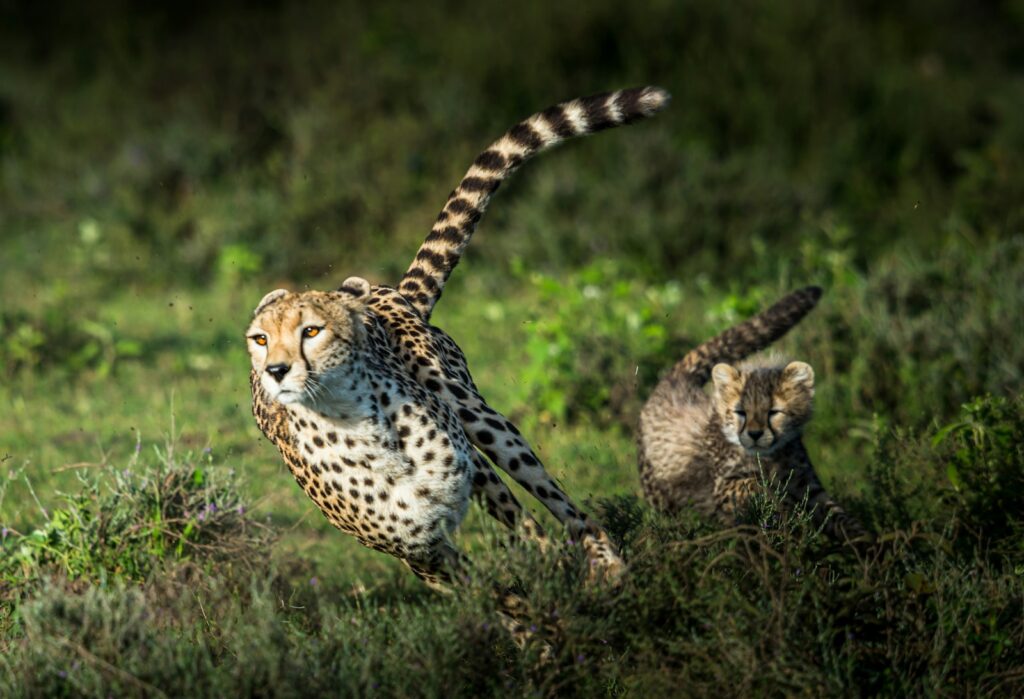
When discussing athletic prowess in the animal kingdom, the cheetah often springs to mind first. This magnificent big cat can accelerate from 0 to 60 mph in less than three seconds and reach top speeds of approximately 70 mph, making it the fastest land animal on Earth. However, this specialization comes at a cost—cheetahs lack endurance and can maintain their top speed for only about 30 seconds before risking dangerous overheating. Additionally, while their speed is unmatched, cheetahs don’t excel in other athletic dimensions like climbing, swimming, or raw strength. This specialization rather than all-around athleticism disqualifies the cheetah from being considered the most complete athlete in nature, despite its remarkable speed adaptations.
The Surprising Front-Runner: The Mountain Goat
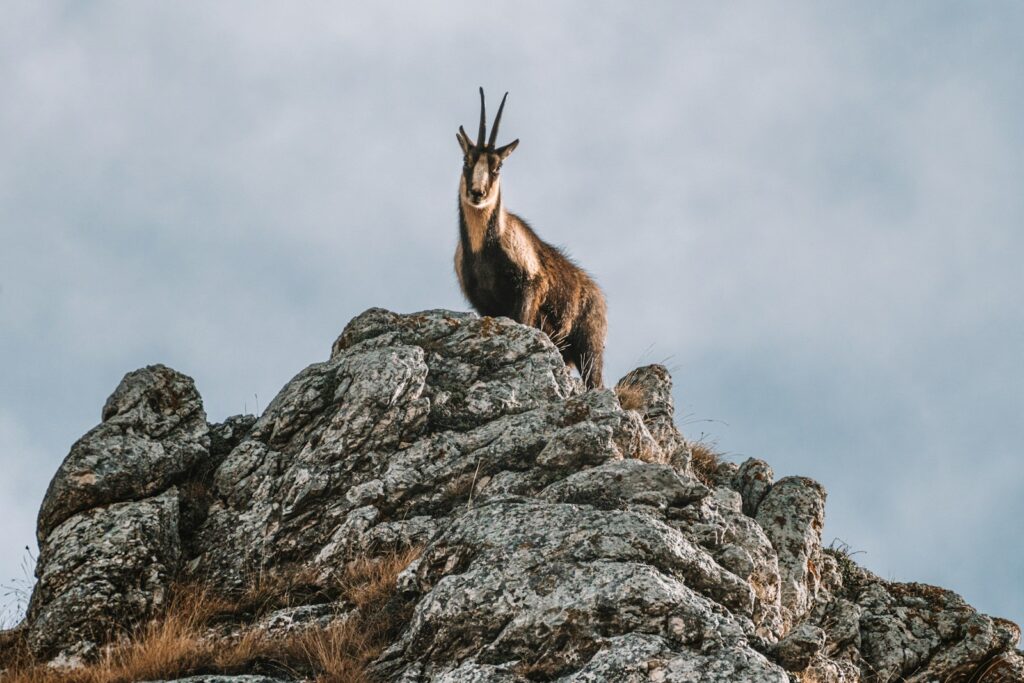
While less celebrated than predators like big cats, the mountain goat (Oreamnos americanus) demonstrates a remarkable combination of athletic abilities that few other animals can match. These deceptively humble-looking creatures possess an almost supernatural ability to traverse impossibly steep terrain with confidence and precision. Mountain goats can scale nearly vertical cliff faces, leap across chasms with pinpoint accuracy, maintain balance on ledges barely wider than their hooves, and navigate treacherous ice and snow with ease. Their combination of strength, agility, balance, coordination, and endurance—all operating in one of Earth’s most unforgiving environments—makes them strong contenders for the title of nature’s most complete athlete in their specialized niche.
The Contender: The African Leopard’s All-Around Excellence
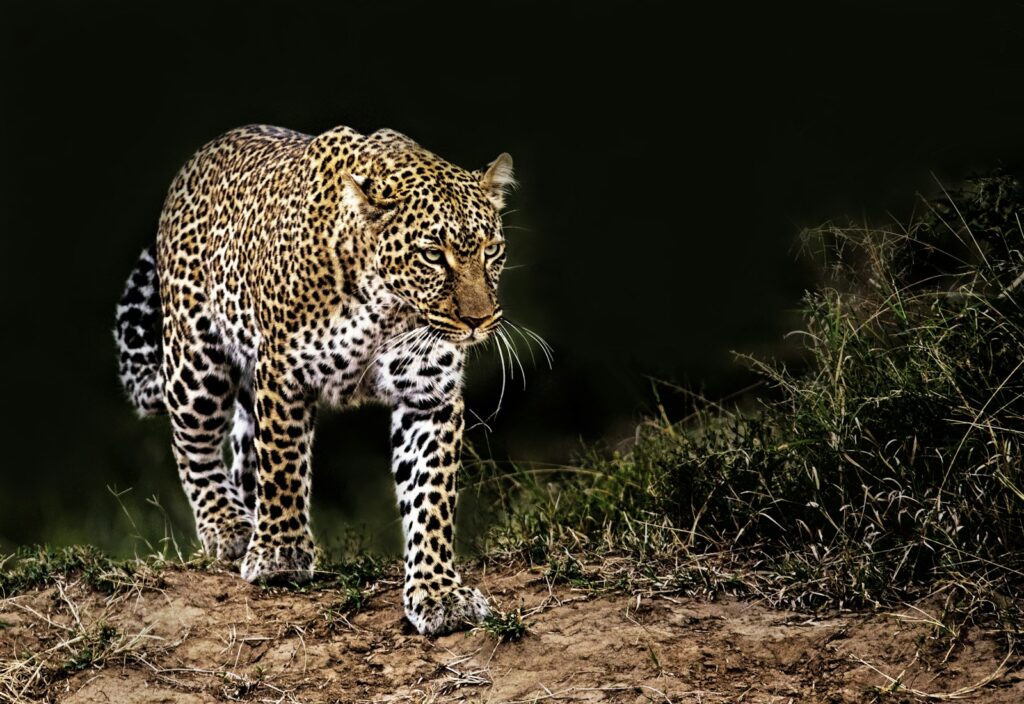
The African leopard (Panthera pardus) presents a compelling case as nature’s most complete athlete when considering versatility across different physical domains. These big cats can run at speeds up to 36 mph, which, while not matching cheetahs, is still remarkably fast. Their true athletic distinction lies in their unparalleled combination of strength, agility, and climbing ability—leopards can carry prey weighing up to three times their body weight up vertical trees. They are excellent swimmers, capable jumpers clearing horizontal distances of 20 feet and vertical heights of 10 feet, and possess tremendous core strength that allows them to navigate through trees with fluid grace. This combination of speed, power, agility, and adaptability to various environments makes the leopard an exemplary all-around athlete.
The Crown Bearer: The Spotted Dolphin’s Unmatched Athletic Versatility

When broadening our view beyond terrestrial animals, the Atlantic spotted dolphin (Stenella frontalis) emerges as perhaps nature’s most complete athlete. These marine mammals display an astonishing repertoire of physical capabilities that span every dimension of athletic performance. They can swim at sustained speeds of 22 mph and reach bursts of nearly 30 mph, comparable to many land predators. Their endurance is legendary—dolphins can swim continuously for days, covering hundreds of miles without rest. Their agility underwater is unmatched, with the ability to change direction instantaneously, perform complex acrobatic maneuvers, and leap up to 20 feet above the water’s surface.
The Dolphin’s Extraordinary Strength and Power
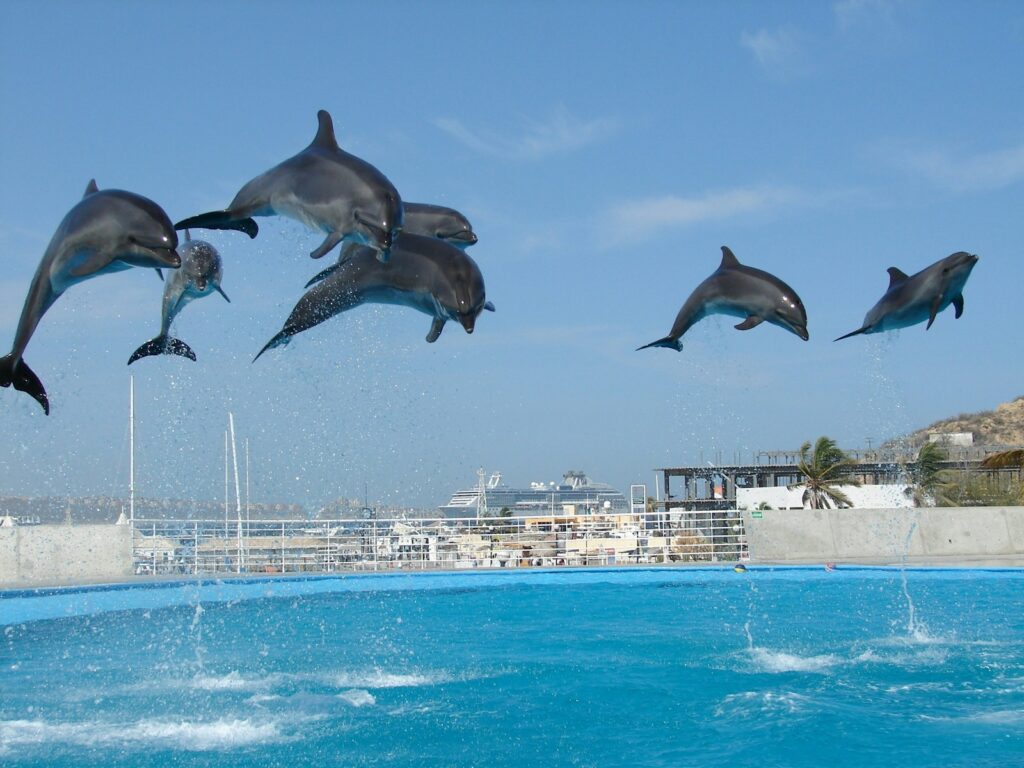
Beyond speed and agility, spotted dolphins possess remarkable strength relative to their size. Their powerful tail flukes can generate tremendous force, allowing them to knock prey unconscious with a single precise strike. Their muscular bodies are optimized for power transfer, with approximately 40% of their body mass consisting of muscle tissue dedicated to swimming. This extraordinary power-to-weight ratio enables dolphins to breach completely out of the water—a feat requiring enough force to overcome both gravity and water resistance. When hunting, they can dive to depths exceeding 300 feet and hold their breath for up to 10 minutes, demonstrating exceptional cardiovascular fitness and pressure adaptation.
Dolphin Intelligence: The Mental Side of Athletic Performance
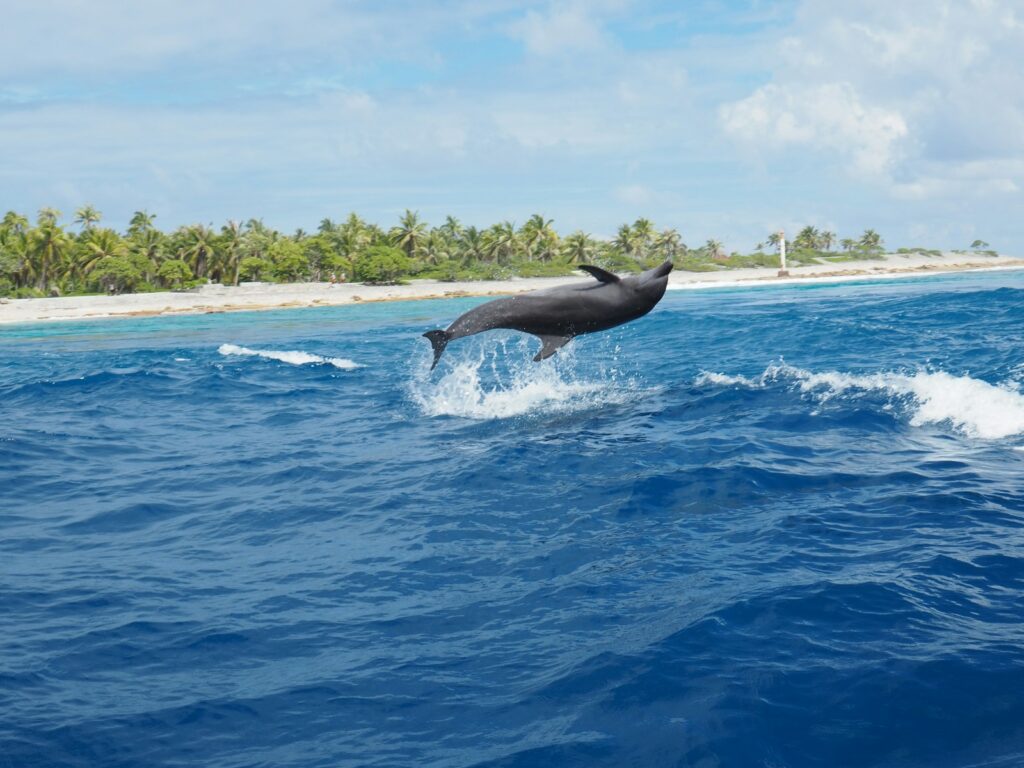
What truly elevates the spotted dolphin’s athletic profile is the sophisticated neural control behind their movements. With brains larger than humans relative to body size, dolphins possess extraordinary proprioception—awareness of their body’s position in three-dimensional space. This neural sophistication allows for precision movements impossible for most other animals, such as balancing objects on their rostrum (snout) while swimming or performing synchronized team hunting maneuvers. Dolphins can also learn new movements through observation and perfect them through practice, demonstrating a capacity for athletic learning comparable to human athletes. This combination of physical capability and neural control makes their movement patterns among the most complex and refined in the animal kingdom.
Evolutionary Adaptations Behind Dolphin Athleticism
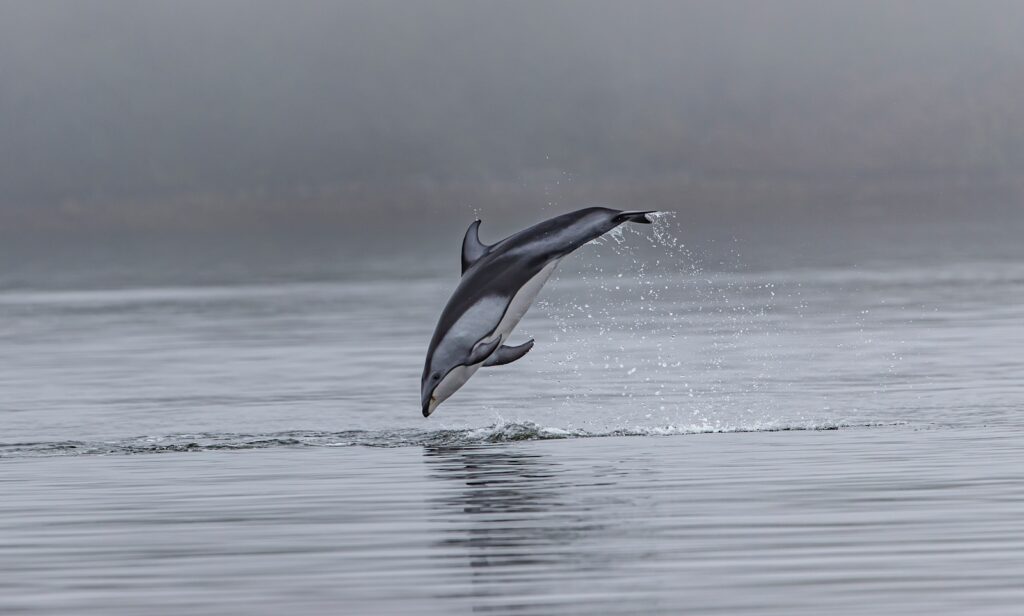
The spotted dolphin’s athletic excellence results from millions of years of evolutionary refinement. Their hydrodynamic body shape minimizes water resistance, while their specialized skin constantly sheds microscopic outer layers to maintain optimal smoothness for reducing drag. The dolphin’s skeleton strikes a perfect balance between strength and flexibility, with a simplified limb structure that has evolved into powerful flippers and a tail. Their unique muscle composition features a higher proportion of fast-twitch fibers than most mammals, allowing for explosive acceleration when needed. Perhaps most remarkably, dolphins have evolved a specialized breathing system that allows them to exchange 80% of the air in their lungs in a single breath (compared to about 17% in humans), maximizing oxygen efficiency for their athletic endeavors.
The Bottlenose Dolphin: Similar but Distinctive Athletic Profile

The better-known bottlenose dolphin (Tursiops truncatus) shares many athletic capabilities with its spotted cousin but differs in several notable ways. Bottlenose dolphins are typically larger and more powerfully built, with adult males reaching up to 1,300 pounds compared to the spotted dolphin’s maximum of about 350 pounds. This additional mass gives bottlenose dolphins greater absolute strength but slightly less agility than their spotted relatives. Bottlenose dolphins excel in sustained swimming speed and can maintain cruising speeds of 8-12 mph for hours, occasionally bursting to over 20 mph. Their larger size also enables them to generate more power for spectacular aerial displays, with some individuals recorded leaping nearly 30 feet above the water’s surface—a remarkable feat of explosive power.
Aerial Masters: Flying and Gliding Animals
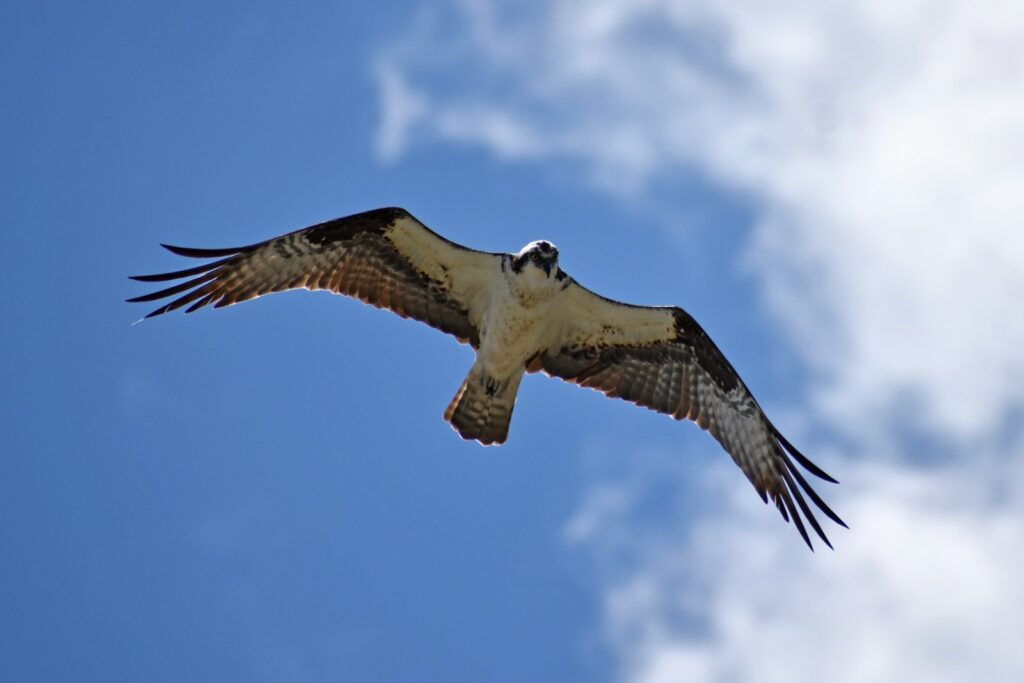
When considering athletic excellence, we must acknowledge the extraordinary capabilities of flying animals, though their specialization often comes at the expense of all-around athleticism. The peregrine falcon can dive at speeds exceeding 240 mph, making it the fastest animal on Earth, while the common swift can fly continuously for up to ten months without landing. Flying squirrels demonstrate remarkable precision in gliding up to 150 feet between trees, controlling their trajectory with subtle body adjustments. However, these aerial specialists typically sacrifice ground mobility, strength, or swimming ability for their mastery of the air, making them incredible specialists rather than versatile athletes across multiple domains.
The Surprising Athleticism of Primates
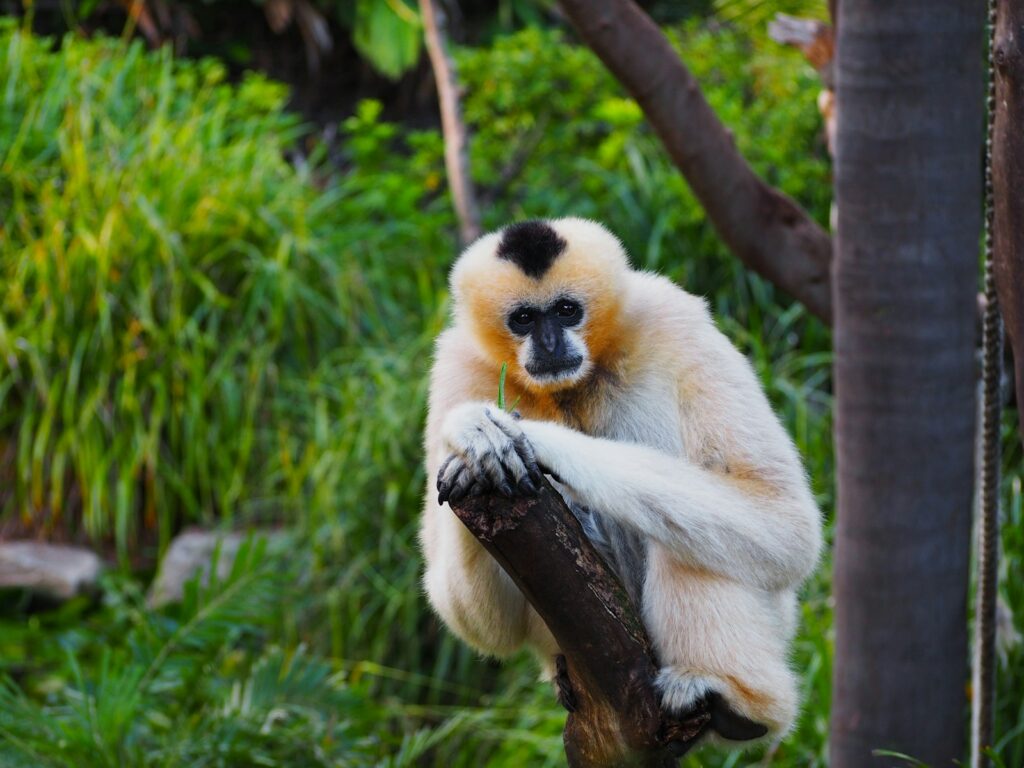
Our closest animal relatives, particularly gibbons and orangutans, display athletic abilities that might surprise many observers. Gibbons are the true acrobats of the forest canopy, capable of brachiating (swinging from branch to branch) at speeds up to 35 mph, leaping gaps of up to 50 feet between trees, and generating forces up to eight times their body weight when launching these jumps. Orangutans, despite their larger size, demonstrate extraordinary climbing ability and can traverse entire forest sections without ever descending to the ground. Their remarkable joint flexibility allows them to reach in any direction, and their powerful grip strength—estimated at roughly five times that of humans—enables them to support their entire body weight with just a few fingers. While these primates excel in arboreal environments, their ground movement is less impressive, making them specialized rather than all-around athletes.
Measuring Athletic Excellence Across Species

Comparing athletic ability across different species presents unique challenges that go beyond simple metrics like speed or strength. A useful framework considers multiple athletic dimensions: speed (both burst and sustained), power-to-weight ratio, endurance, agility/maneuverability, balance/coordination, and versatility across environments. When analyzing these factors comprehensively, dolphins consistently rank near the top in almost all categories. Their three-dimensional movement through water requires and demonstrates a more complete athletic skillset than most terrestrial animals can develop. Unlike highly specialized athletes like cheetahs (speed) or gorillas (strength), dolphins excel across nearly all physical parameters without significant weaknesses in any single area.
The Human Athlete: How We Compare
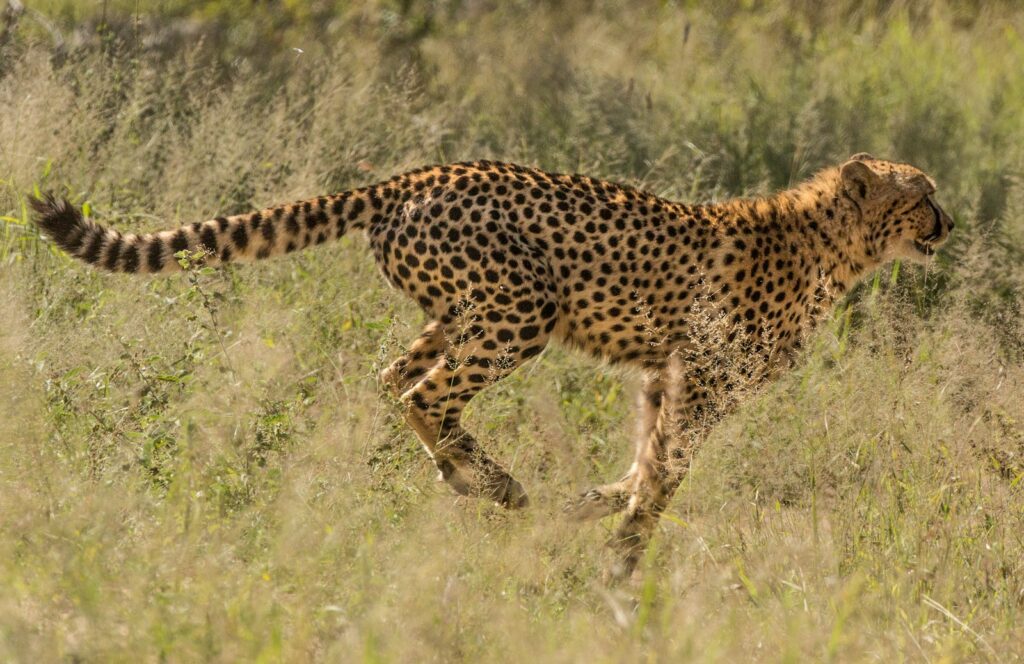
Humans occupy a unique position in the athletic spectrum of the animal kingdom. While we cannot match the raw speed of cheetahs, the strength of gorillas, or the underwater agility of dolphins, we possess a remarkable combination of endurance, versatility, and fine motor control unmatched by any other species. Humans are the planet’s premier endurance runners—our ability to maintain moderate speeds over extremely long distances through thermoregulation (sweating) surpasses almost all other mammals. Our opposable thumbs and neural control allow for unparalleled manipulative abilities and tool use. However, when comparing overall athletic versatility across environments, even elite human athletes would struggle to match the all-around capabilities of spotted dolphins, which can operate efficiently in three dimensions, maintain high speeds for prolonged periods, and perform complex maneuvers with precision.
Conservation Implications of Athletic Specialization
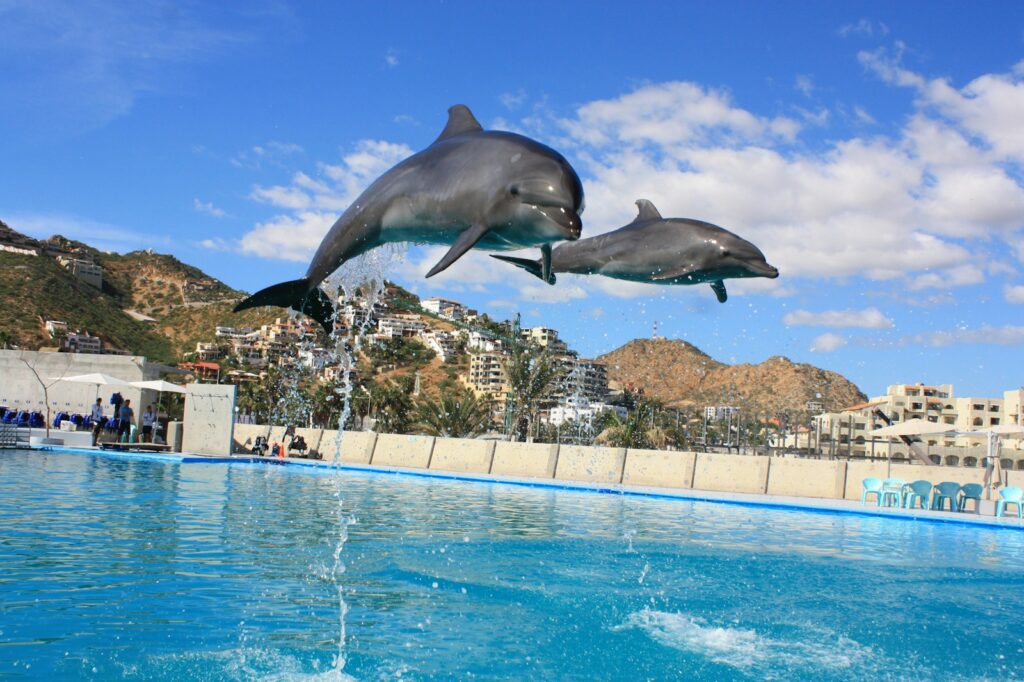
Understanding the athletic capabilities of wild animals has important conservation implications, particularly as habitats change due to human activity and climate change. Highly specialized athletes like cheetahs face greater extinction risks because their specific adaptations leave them less able to adapt to changing conditions. In contrast, more versatile athletic performers like dolphins may show greater resilience to environmental changes, though they still face numerous anthropogenic threats. The extraordinary physical capabilities of these animals represent millions of years of evolutionary refinement—capabilities that once lost, cannot be easily recovered. Preserving both specialized and versatile athletes in the wild ensures the continuation of nature’s remarkable experiment in physical excellence and maintains the full spectrum of movement possibilities that have evolved on our planet.
Conclusion: The Ultimate Athlete of the Natural World
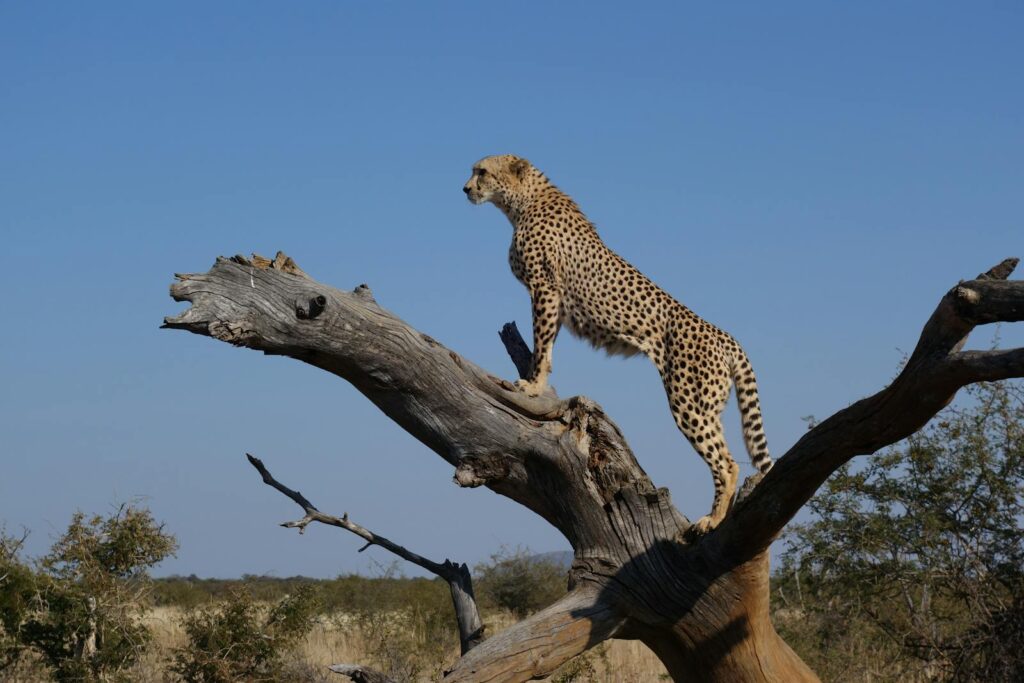
After examining the athletic capabilities of diverse species across multiple physical domains, the spotted dolphin emerges as nature’s most complete athlete. Their extraordinary combination of speed, power, agility, endurance, neural control, and adaptability to their three-dimensional environment places them at the pinnacle of animal athleticism. While specialized performers like cheetahs, falcons, or gorillas may exceed dolphins in single metrics, no other wild animal demonstrates such high performance across so many different athletic dimensions. The dolphin’s exceptional movement capabilities represent one of evolution’s most refined achievements—a testament to the remarkable physical possibilities that have emerged through natural selection. As we admire human athletic achievements in sports arenas around the world, we might do well to remember that nature’s ultimate athlete continues to perform daily in the world’s oceans, executing physical feats that would be impossible for even our most accomplished human athletes.
- How Horse Breeds Influence Riding Techniques and Styles - August 19, 2025
- The Most Athletic Animal in the Wild – It Excels in Every Movement - August 18, 2025
- The Strongest Animal That’s Also the Smallest in Its Group - August 18, 2025
